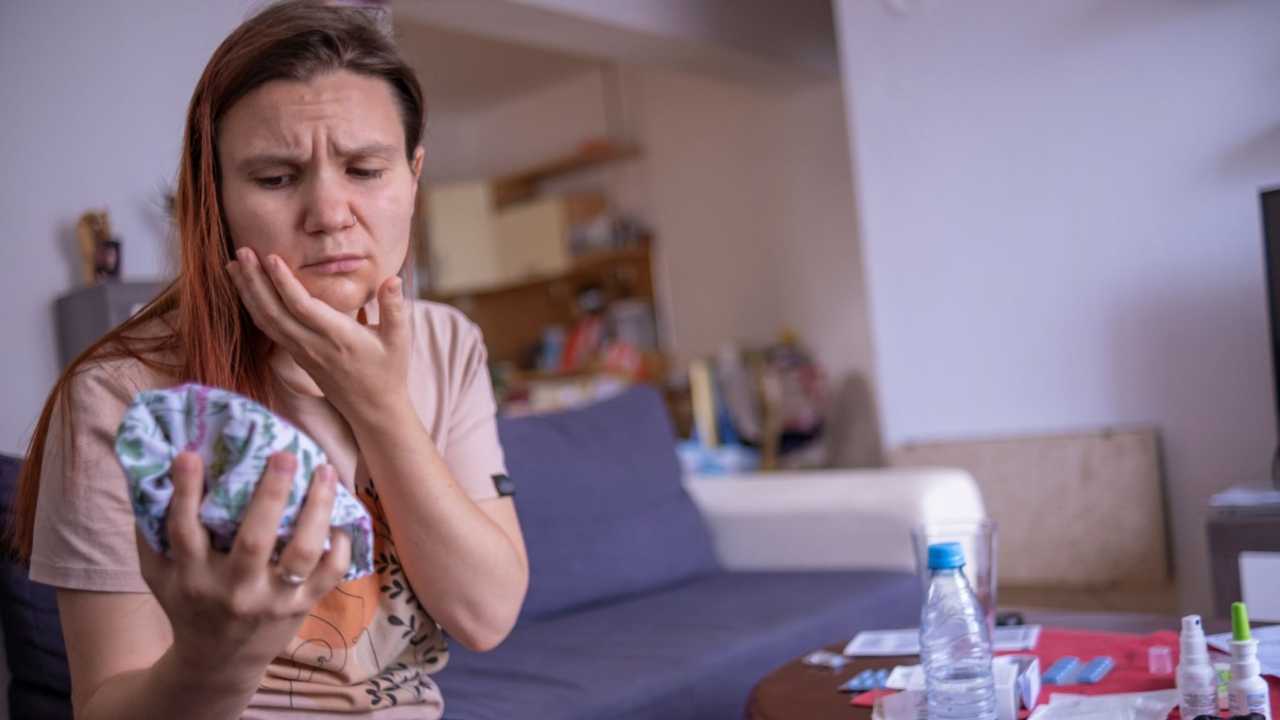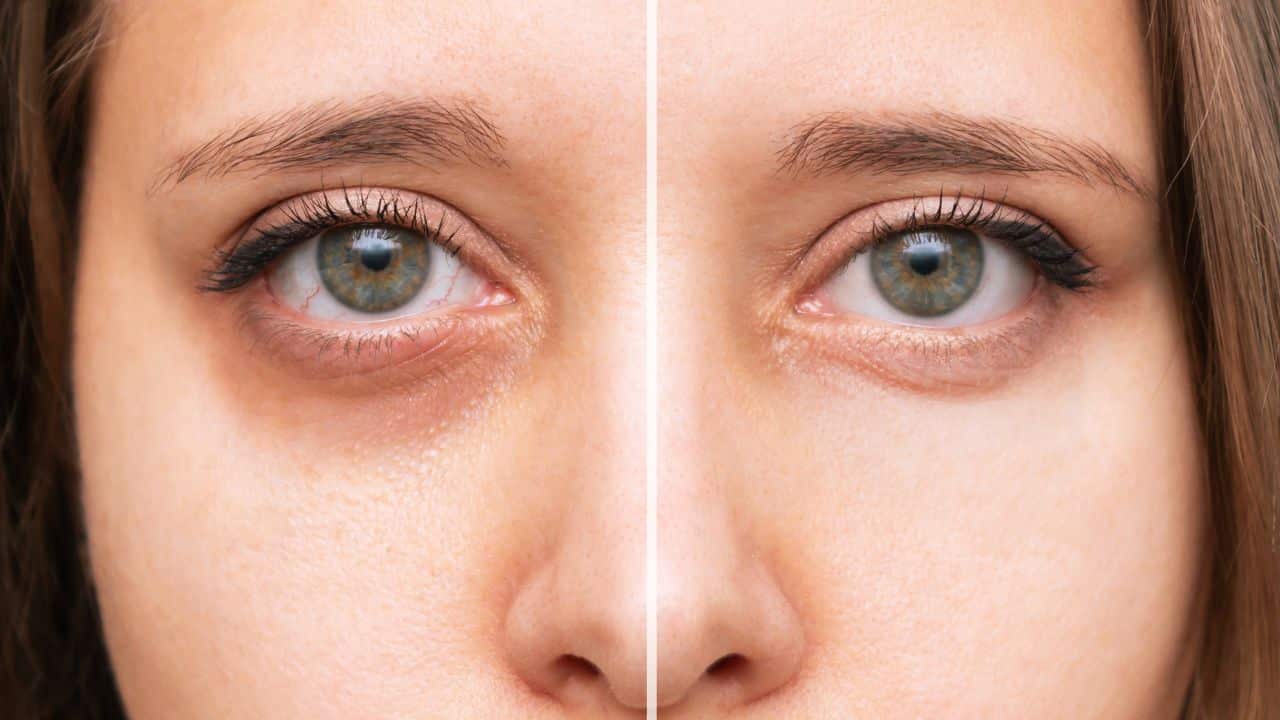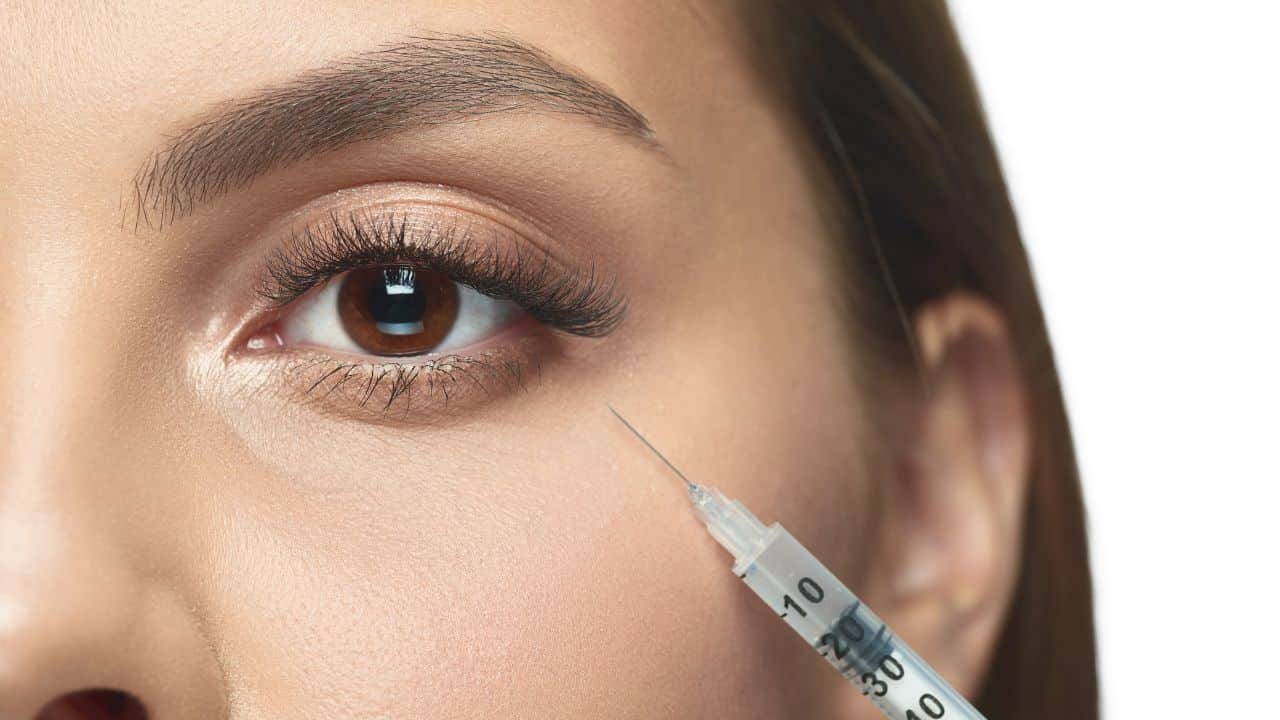Imagine the excitement of embarking on a journey toward rejuvenation and healing with Platelet-Rich Plasma (PRP) injections.
You’ve done your research and understand the benefits, but what about the potential side effects? It’s like standing at the edge of a swimming pool, intrigued by the sparkling water but wary of the unknown depth. The solution? Equip yourself with knowledge.
Let’s dive into the world of PRP injections, understand the possible side effects, and, most importantly, arm ourselves with expert tips on managing these effects post-treatment. Remember, every successful journey begins with a well-informed traveler.
Let’s take this journey together, understanding and navigating the side effects of PRP injections, ensuring a smooth, beneficial experience.
Common PRP Injection Side Effects
Regarding PRP injections, the treatment involves using your body’s cells, significantly reducing the risk of complications. However, as with any procedure, there can be side effects. Understanding these common side effects can prepare you better for what to expect post-procedure.
Mild Pain and Discomfort
One of PRP injections’ most common side effects is mild pain or discomfort in the area where the injection was administered. This is a natural response of the body to any invasive procedure.
Swelling
Swelling is another common side effect that can occur after a PRP injection. This is typically a result of the body’s inflammatory response, which is part of the healing process initiated by PRP.
Redness and Warmth
Post-PRP injection, you may also notice some redness and warmth in the treated area. Again, this is a natural response of the body’s immune system.
Bruising
As the PRP treatment involves drawing blood and injections, it is possible to experience some bruising. The extent of bruising can vary based on skin sensitivity and blood clotting efficiency.
Uncommon but Possible Side Effects
While PRP injections generally have a good safety profile, it’s important to acknowledge some less familiar but potential side effects. Awareness of these can ensure you’re fully informed about the treatment.
Allergic Reaction
Allergic reactions to PRP injections are infrequent, given that the treatment uses your blood. However, reactions can occasionally occur due to sensitivity to the anesthetic used during the procedure.
Infection
Infection is a rare but possible side effect of PRP injections, as with any procedure that involves penetrating the skin. Proper sterilization practices and aftercare can significantly reduce this risk.
Nerve Damage
In sporadic cases, if the injection is not administered properly, there can be damage to the nerves. This emphasizes the importance of getting your PRP treatment from a qualified, experienced healthcare provider.

Blood Clots
Though very rare, there is a slight risk of forming a blood clot after a PRP injection. This risk is typically higher in individuals with certain underlying health conditions.
How to Manage Common Side Effects
While side effects post-PRP injections are typically minor, having a few tricks up your sleeve is always beneficial to manage them effectively. Here are some expert tips:
Managing Mild Pain and Discomfort
Over-the-counter pain medication can help manage any discomfort after your PRP treatment. It’s important to avoid anti-inflammatory drugs like ibuprofen, as they can interfere with the healing response that PRP is designed to stimulate.
Controlling Swelling
Applying a cold pack to the treated area can help control swelling. Remember to wrap the ice pack in a cloth before applying it to your skin. Gentle compression with a wrap or bandage can also reduce swelling.
Reducing Redness and Warmth
A gentle, cooling gel or cream can help soothe the area and reduce redness and warmth. Avoid hot baths or showers for the first 24 hours after treatment, as heat can exacerbate these symptoms.
Minimizing Bruising
Arnica, a homeopathic remedy, can be effective in reducing bruising. Apply arnica cream or gel to the treated area as directed by your healthcare provider. Also, avoid strenuous activities for a few days post-treatment to allow your body to heal.
How to Manage Uncommon Side Effects
Uncommon side effects of PRP injections, while rare, should be handled with care. Here are some tips on how to manage these side effects should they occur:
Dealing with Allergic Reactions
In the rare event of an allergic reaction, antihistamines can help alleviate symptoms such as itching, redness, or swelling. It is crucial to contact your healthcare provider immediately if you suspect an allergic reaction.
Preventing and Managing Infections
To prevent infection, follow the aftercare instructions given by your healthcare provider closely. This may include cleaning the injection site with a mild antiseptic solution. Contact your healthcare provider immediately if you notice signs of infection, such as increasing redness, swelling, or pus.
Addressing Nerve Damage
Nerve damage from PRP injections is infrequent but should be treated immediately if it occurs. If you experience numbness, tingling, or loss of movement in the treated area, contact your healthcare provider.
Recognizing and Handling Blood Clots
Blood clots following PRP injections are very rare. If you notice severe pain, swelling, warmth, or redness in the treated area or experience symptoms such as chest pain or difficulty breathing, seek medical attention immediately.
Preventing Side Effects: Best Practices Before and After PRP
Understanding how to prevent potential side effects can make your PRP treatment experience smoother and more comfortable. Here are some best practices to follow before and after your PRP procedure:
Before Your PRP Procedure
- Hydrate: Ensure you are well-hydrated before your PRP procedure. This can help with blood draws and improve your overall experience.
- Avoid Certain Medications: Some medications can increase the risk of bruising and bleeding. Your healthcare provider will guide you on which ones to avoid.
- Maintain a Healthy Lifestyle: A balanced diet and regular exercise can promote overall health and enhance your body’s healing response.
After Your PRP Procedure
- Rest: Give your body time to heal by taking it easy for a few days post-treatment. This can minimize swelling and bruising.
- Follow Aftercare Instructions: Your healthcare provider will provide detailed aftercare instructions. Adherence to these can prevent infection and facilitate your recovery.
- Stay Hydrated and Nourished: Proper hydration and nutrition support healing.
- Avoid Excessive Sun and Heat Exposure: Too much sun and heat can exacerbate swelling and redness. Avoid these, especially in the first few days after your PRP treatment.
When to Seek Medical Attention
While most side effects of PRP injections are mild and manageable at home, there are times when you should seek medical attention. Here’s what you should look out for:
Worsening Pain
If pain at the injection site gets worse over time or doesn’t improve with over-the-counter pain relievers, you should consult your healthcare provider. This could indicate an infection or other complication.
Increasing Swelling or Redness
While some swelling and redness are normal, if these symptoms increase or persist over a few days, it may be a sign of infection. Don’t hesitate to contact your healthcare provider.
Fever
Fever isn’t a typical side effect of PRP injections and could indicate an infection. If you have a fever after your PRP treatment, seek medical attention promptly.
Difficulty Breathing or Chest Pain

Though extremely rare, if you experience difficulty breathing or chest pain, seek immediate medical attention, as these could be symptoms of a severe allergic reaction or a blood clot.
Conclusion
PRP injections are a remarkable tool in regenerative medicine, with their potential to rejuvenate and heal. While the journey may include minor bumps like side effects, understanding these and tips to manage them can ensure a smoother, more comfortable experience.
Every journey is unique, and everybody responds differently. You’re not just a passive passenger in this journey; you’re the co-pilot.
The power to navigate lies in your hands – in your understanding, questions, and choices. With knowledge and support from your healthcare provider, you’re well-equipped to manage any side effects and make the most of your PRP treatment journey.
Happy healing!





